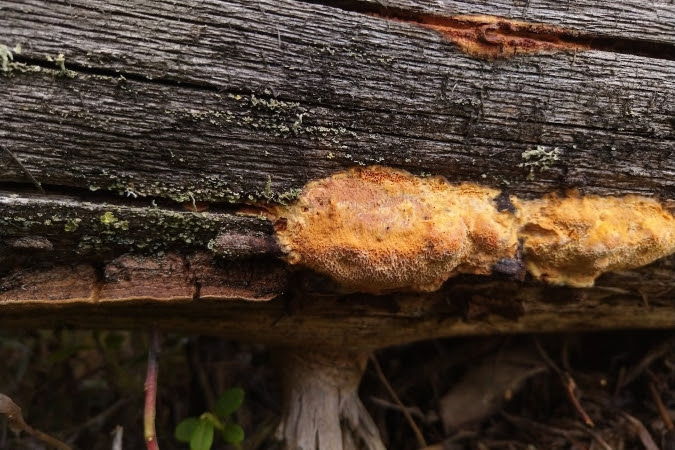According to a study by the Natural Resources Institute Finland (Luke), regeneration areas can provide habitats for rare and threatened species that depend on decaying wood, and the occurrence of these species can be increased via ecological forest management measures. In UPM-owned forest regeneration areas, the amount of coarse decaying wood has clearly increased in recent decades supporting the diversity of decaying wood dependent species. In the study areas that were regenerated between 2012 and 2018, the average volume of deadwood was already 13m3/ha and its positive impact on biodiversity was notable.
"The UPM regeneration areas were found to be inhabited by a vast list of species of polypores and saproxylic beetles. We recorded over 65 sightings of a total of 18 species that appear on the newest assessment of the Finland's Red List of Threatened Species. The result is encouraging. In the younger regeneration areas from 2012–2018, both the total number of species and the number of red-listed species were significantly higher than in the older areas, and both numbers correlated strongly with the amount of decaying wood", says Juha Siitonen, a researcher at the Natural Resources Institute Finland.
"The most important habitats for the red-listed species were retained aspen trees that had died either during or after the felling, and retained spruce trees that had died standing before the felling, but had fallen afterwards", Siitonen continues.
According to the latest assessment of threatened species, the two main reasons for the decline of forest species are the loss of old-growth forests and large trees, and the decline in the amount of decaying wood. By leaving retention trees during the fellings, we aim to have a positive impact on the declining forest species. In the long run, the purpose of the retention trees is to ensure the formation and the continuity of old trees and decaying wood also in younger forests that otherwise lack these important structural features.
"This new study demonstrates how by ecological forest management measures, here, by retaining deadwood and leaving retention trees, we have verifiably and positively affected forest biodiversity. We have successfully improved the living conditions of rare and threatened forest species", says Miika Laihonen, Senior Environmental Specialist at UPM Forest.
The aim of the study was to investigate how the amount and quality of living and dead retention trees and the time elapsed since a felling affect the diversity of polypore and saproxylic beetle species in the regeneration areas. The presence of rare and threatened species in regeneration areas was of particular interest. The study was carried out in forests owned by UPM in Kanta-Häme and the northern part of Uusimaa. Fieldwork for the project was carried out between 2021 and 2022.
The main objective was to compare fellings carried out in three different periods, as the recommendations and guidelines for retention trees have varied in these different periods. The periods compared were 2000–2006, 2007–2011 and 2012–2018. Forest certification, UPM's biodiversity programme and continuously evolving guidelines and practices have already had a positive impact on the state of nature in forests.
